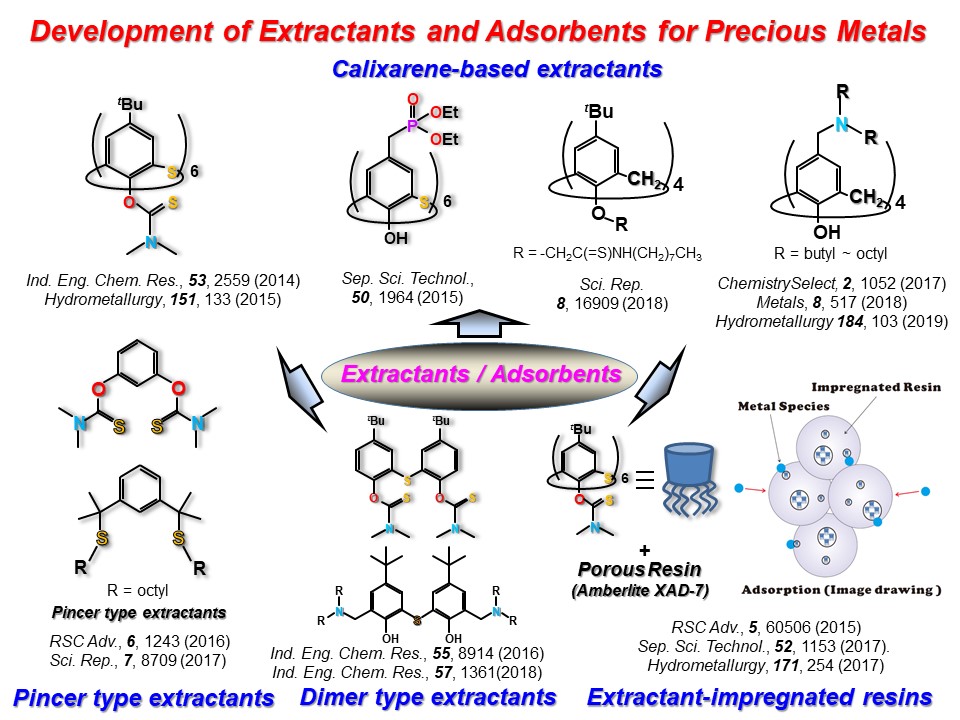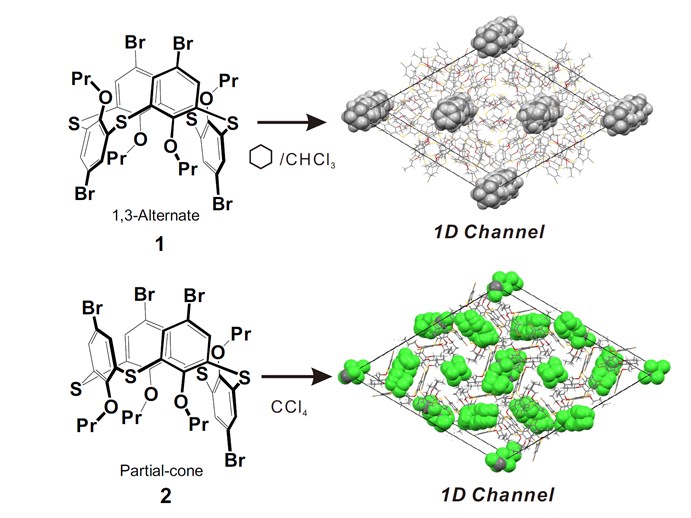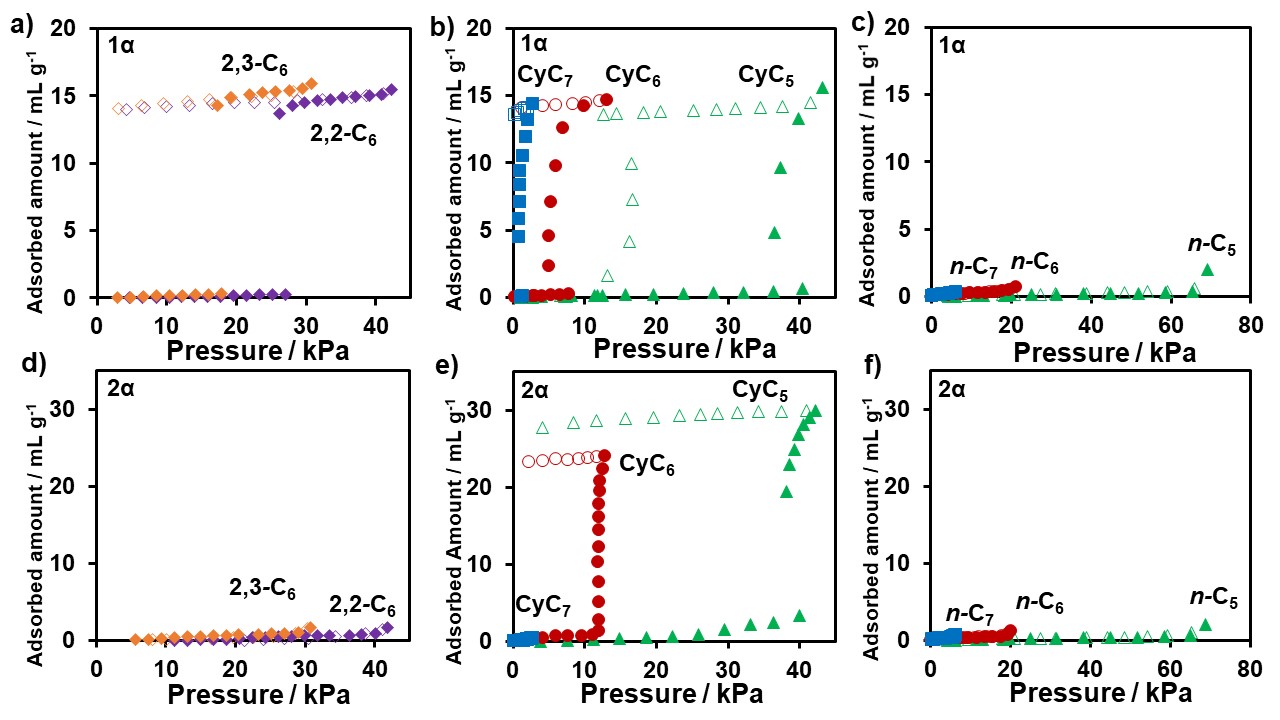Development of materials to separate minor metals efficiently
貴金属を効率的に分離できる材料開発
Rare metals play an important role in our lives and a variety of industries.
Among them, six kinds of metals classified as platinum group metals (PGM)
are contained in automotive catalysts, industrial catalysts, electric devices
and dental materials, etc.
For their rarity, recycling minor metals from used products is crucial
for their stable supply. Either precipitation separation through cementation,
adsorption using ion exchange resin or solvent extraction is applied to
separate PGM from used products, depending on the concentration of PGM
contained in the target solution to be separated.
Solvent extraction is a method to separate metals from each other through
contacting solutions containing PGM and organic solvent containing extractants
that can make complexes with specific metals then moving these metal-solvent
complexes to organic solvent.
To solve the above problems, our lab’s focus is acid leaching solution
derived from spent automotive catalysts, and develops extractants to effectively
and selectively separate PGM. So far, we have succeeded in developing extractants
based on calixarene-based extractants (macrocyclic compounds) and pincer-type
extractants (acyclic compounds).
貴金属は様々な分野で使用されている金属であり、私たちの生活や今日の産業を支える重要な元素です。貴金属の中でも、白金族金属(PGM)に分類される6種の金属は、自動車排ガス浄化触媒をはじめ、産業用触媒、電子製品、歯科材料などに使用されています。
一方、希少性や偏在性があるとから安定的供給を目指すには、使用済み製品からのリサイクルが重要となります。使用済み廃棄製品からのPGMの分離は、セメンテーション反応を利用した沈殿分離やイオン交換樹脂を用いた吸着法、溶媒抽出法など、分離する水溶液に含まれるPGM濃度に合わせてそれぞれの手法が選択されています。
溶媒抽出法は、特定の金属と複合体を形成し得る化合物(抽出剤)を含む有機溶媒(有機相)と、PGMを含む水溶液(水相)を接触させ、金属 – 抽出剤の複合体を有機相に移動させることで、金属を相互分離する手法です。
当研究室では、自動車排ガス浄化触媒由来の酸浸出液を対象とし、上述の課題を解決できるPGM抽出剤、特にPd(II)とPt(IV)に焦点を当て、開発を行っています。これまでに、大環状化合物であるカリックスアレーンを基本構造とする抽出剤をはじめ、ベンゼン環1枚を基本構造とするPincer(ピンサー)型抽出剤の開発に成功しています。

Development of organic crystals that can selectively recognize and absorb
specific organic compounds
特定有機化合物を選択的に認識(吸着)する超分子有機結晶の開発
Our lab aims to develop supramolecular organic crystals that can selectively
recognize and absorb specific organic compounds based on the cluster of
thiacalixarene, cyclodextrin, and cucurbituril.
Alkanes play an important role in a variety of industries as the materials
for resin, organic solvent for rubber, paint and fuel. Alkane isomers have
linear, branch and cyclic structures. The differences in boiling points
enable alkanes to be separated from each other through distillation. However,
not so many effective separation methods have been reported due to the
weak interaction between alkane and other molecules.
We have accidently discovered that channel-like supramolecular organic
crystals based on thiacalixarene assembly can selectively recognize the
vapors of branch and cyclic alkanes while developing organic crystals that
can effectively separate alkane isomers. The above both crystals are with
preorganized voids and absorb specific vaporous molecules in branch and
cyclic alkanes. For the C-C and C-H bonds in organic compounds, these thiacalixarene
organic crystals are expected to extend their functions as the materials
to separate and store gas molecules in organic compounds
当研究室では、チアカリックスアレーンやシクロデキストリン、ククルビットウリルを基本構造とした集合体による「特定有機化合物の選択的認識(吸着)」が可能な超分子有機結晶を開発を目指しています。
有機化合物であるアルカンは 、樹脂の原料やゴムの有機溶剤、塗料、燃料などの工業的に幅 広い分野で利用される重要な化合物です。アルカン異性体には、直鎖や分岐、環状構造の3種類が存在します。沸点の差が大きいアルカン同士の分離は蒸留により分離が可能ですが、そうでない場合、アルカンはほかの分子との相互作用が弱いため、効果的に分離できる手法はあまり報告されていません。
アルカン異性体の効果的な分離が可能な有機結晶の開発を目的に研究を進めていたところ、チアカリックス[4]アレーン分子1と2からなるチャネル状超分子有機結晶が分岐アルカンや環状アルカンのガス分子を選択的に認識できることを見出しました(下図の結晶構造を参照)。この両結晶は、事前組織化された空隙を有し、特定の分岐・環状アルカンのガス分子に吸着します(下図の吸着等温線を参照)。
チアカリックスアレーン分子1で構成される結晶は、分岐アルカン(2,2-ジメチルブタン(2,2-C6)や2,3-ジメチルブタン(2,3-C6))や環状アルカン(シクロペンタン(CyC5)やシクロヘキサン(CyC6)、シクロへプタン(CyC7))の蒸気を効果的に取り込むことがわかりました。一方、分子2で構成される結晶は、環状アルカン(CyC5とCyC6)を選択的に認識して、蒸気を選択的に取り込みます。
有機化合物は炭素-炭素および炭素-水素結合を有することから、本チアカリックスアレーン有機結晶は、有機化合物のガス分子の分離・貯蔵材料として展開が期待されます。

